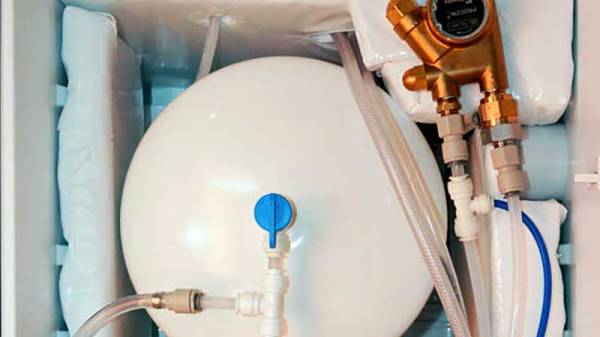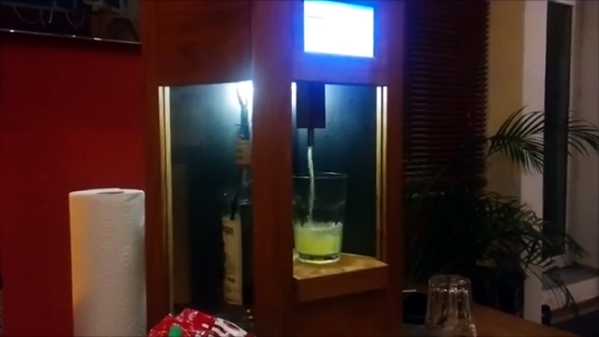As the old saying goes, when the only tool you have is a 6 DOF industrial robotic arm, every problem looks like an opportunity to make it serve up adult beverages. [benkokes] found himself in this familiar predicament and did what any of us would do, but his process wasn’t without a few party fouls as well as a few head-scratchers.
One of the common problems that people who suddenly find themselves with an old industrial robot have is that there’s usually no documentation or instructions. This was true here with the added hiccup of the robot’s UI being set to Chinese. Luckily no one had changed the root password, and eventually he was able to get the robot up and working.
Getting it to make drinks was a different matter altogether. [benkokes] needed a custom tool to hold the cup as well as shake it, and 3D printed a claw-style end effector with a lid. Out of his multi-colored pack of party cups, however, the orange cups were different enough in dimension to cause problems for the shaking lid which was discovered when the robot spilled a drink all over the table.
Eventually, though, the robot was successfully serving drinks at a party. One of [benkokes]’s friends happened to be a puppet maker and was able to outfit it with a tailored tuxedo for the party as well, and he also programmed it to dance in between serving drinks, completing the AI revolution we have all been hoping for. Perhaps unsurprisingly, this is a common project for people who suddenly come to posses a large general-purpose industrial robot, while others build robots specifically for this task alone.





 Instead of a sliding wall panel, [HighwingZ] has built a hexagonal container. Five of the six sides contain bottles to fill the drink with, the last panel contains the spigot and a spot for the glass. The machine works by weighing the liquid that gets poured into the glass using a load cell connected to a HX711 load cell amplifier. An aquarium pump is used to push air into whichever bottle has been selected via some magnetic valves which forces the liquid up its tube and into the glass. A simple touch screen UI is used so the user can select which drink and how much of it gets poured. All of this is connected to a Raspberry Pi to control it all.
Instead of a sliding wall panel, [HighwingZ] has built a hexagonal container. Five of the six sides contain bottles to fill the drink with, the last panel contains the spigot and a spot for the glass. The machine works by weighing the liquid that gets poured into the glass using a load cell connected to a HX711 load cell amplifier. An aquarium pump is used to push air into whichever bottle has been selected via some magnetic valves which forces the liquid up its tube and into the glass. A simple touch screen UI is used so the user can select which drink and how much of it gets poured. All of this is connected to a Raspberry Pi to control it all.









